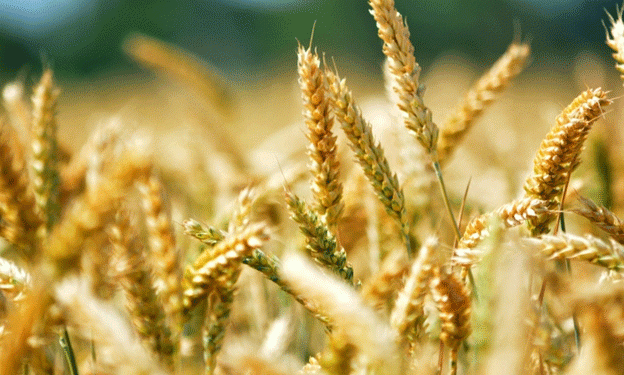On December 2024, the Russian government announced the establishment of a tariff quota for the export of wheat and meslin, effective from February 15 to June 30, 2025. Under this new policy, Russia will allow 10.6 million tons of wheat and meslin to be exported beyond the borders of the Eurasian Economic Union (EAEU). However, other grains such as barley, rye, and corn will have zero quota allocation, reflecting the government’s focus on controlling wheat exports in response to domestic market conditions.
The Ministry of Agriculture will manage the distribution of this quota among exporters. This decision was based on the production and consumption balance of grains within Russia, aiming to ensure adequate supply for domestic needs while regulating exports. In the context of fluctuating global grain prices and production yields, the Russian government is taking a cautious approach, balancing market demands with food security considerations.
Export Duty and Floating Tariffs
Alongside the quota, the export tariff system will include a floating duty on wheat exports within the quota. Outside the quota, a 50% tariff, with a minimum charge of 100 euros per ton, will be enforced. The floating duty, commonly known as a “damper” mechanism, adjusts based on market conditions, encouraging stable exports while preventing price surges that could hurt domestic consumers.
In the past, Russia’s grain export quotas have been implemented effectively, ensuring a steady flow of grain to global markets while maintaining control over domestic prices. However, the new penalties for non-compliance — exporters who fail to utilize their quota will face proportionate reductions in their next year’s allocation — indicate that the government is taking a more hands-on approach in regulating grain trade.
Russia’s Grain Export Outlook for 2025
Russia’s total grain export potential for the 2024/2025 season is estimated at between 55 million and 60 million tons. Last season, Russia exported a record 72.2 million tons of grain, with 54.1 million tons of wheat making up the bulk of those shipments. However, the 2023 harvest is expected to be 130 million tons, down from 144.9 million tons in 2022, with wheat production forecasted at 83 million tons compared to 92.8 million tons the previous year.
As of December 2024, Russia has already exported 1.76 million tons of wheat, representing a 13.5% increase compared to the same period in 2023. This surge in exports can be attributed to strong demand from Africa and Southeast Asia, as countries rush to secure wheat supplies before the introduction of the export quota system.
Global Market Reactions
The introduction of the wheat export quota is likely to have significant ramifications for global grain markets, particularly in countries that rely heavily on Russian wheat. As Russian shipments decrease, the global supply chain could experience tightening, leading to price volatility in wheat-importing countries.
The active demand from Africa and Southeast Asia reflects a broader trend of regional food insecurity, with countries looking to lock in grain supplies ahead of potential disruptions. Russia’s strategic use of export quotas allows it to balance its own food security needs while still playing a key role in the global wheat trade.





